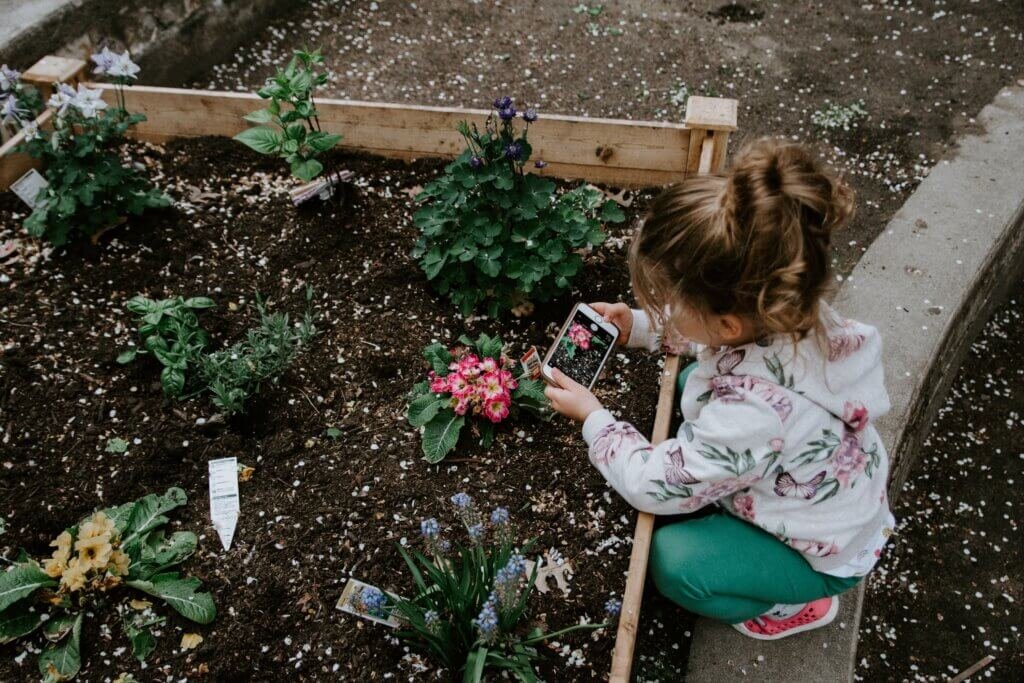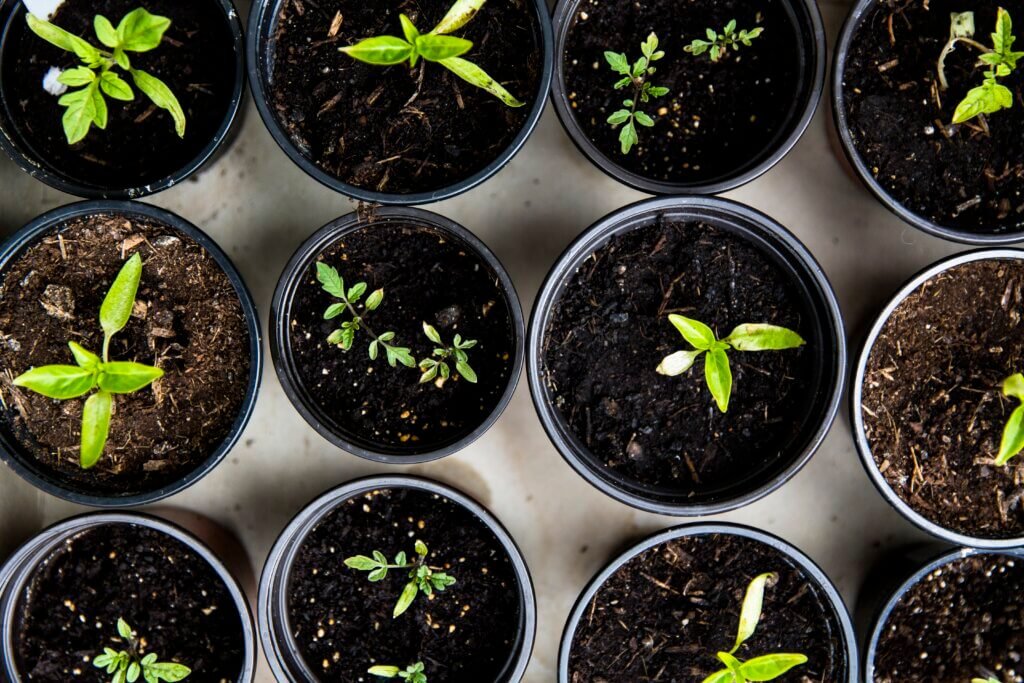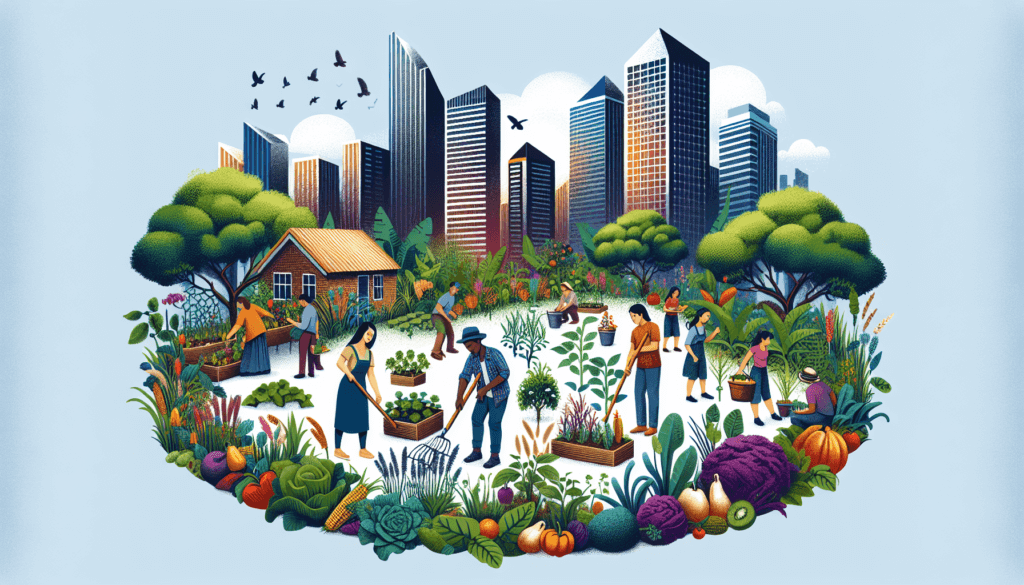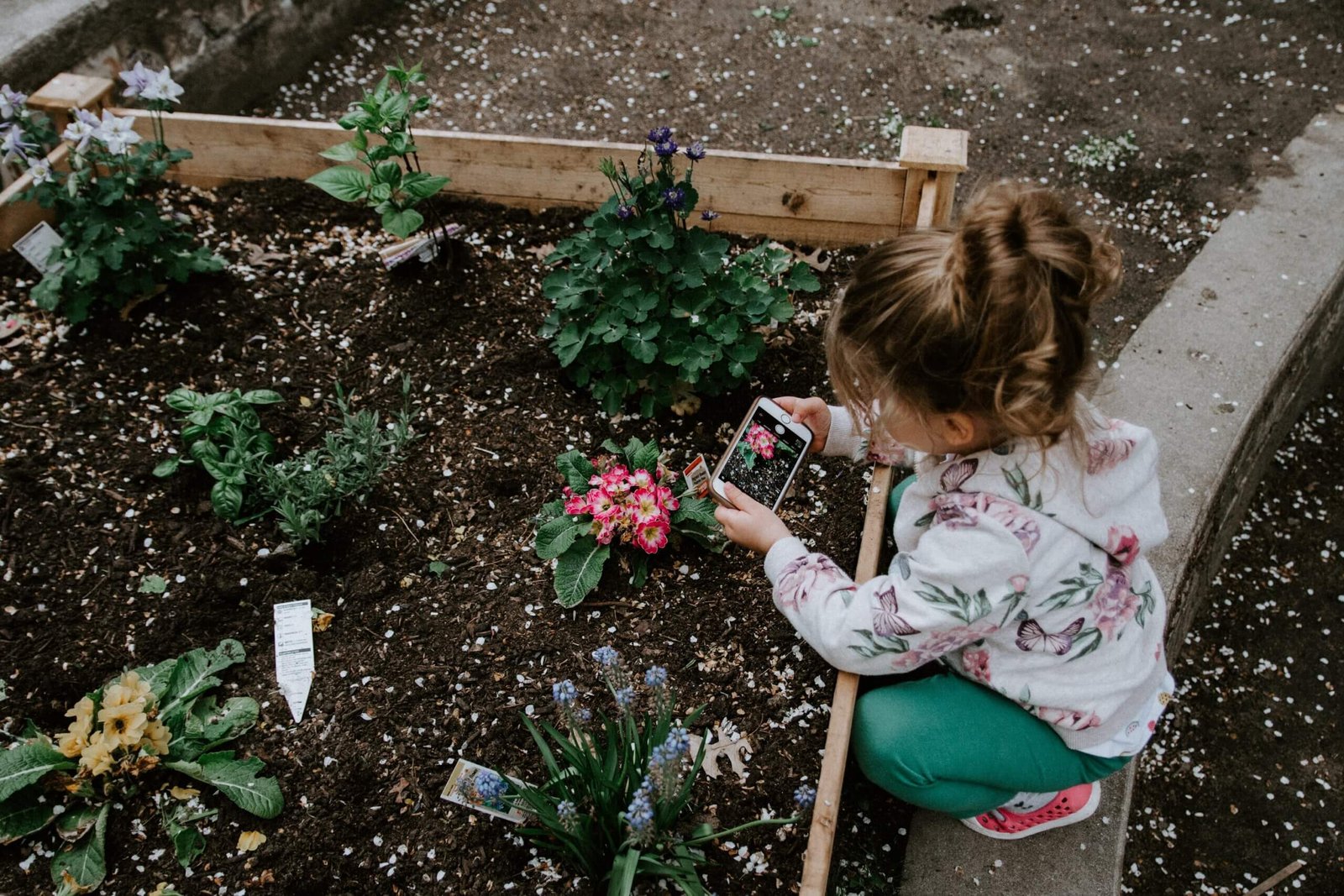Have you ever heard of a community garden? If not, you’re in for a treat! A community garden is a shared green space where people come together to grow and cultivate plants, fruits, and vegetables. These gardens are not only beautiful but also play a significant role in fostering community connection, promoting urban sustainability, and improving food security. In this article, we will explore the fascinating world of community gardening and delve into why these spaces are so vital for our neighborhoods. Get ready to discover the magic and benefits of community gardens!
Definition of a Community Garden
General concept
A community garden is a piece of land that is collectively cultivated by a group of individuals or organizations within a community. It serves as a shared space where people come together to grow fruits, vegetables, flowers, and herbs. Community gardens are often located in urban areas where access to green spaces and fresh produce may be limited. They are designed to foster a sense of community, provide educational opportunities, and promote environmental sustainability.
Physical characteristics
Community gardens come in all shapes and sizes, reflecting the unique needs and resources of each community. They can range from small plots in a backyard to larger shared spaces in public parks or vacant lots. These gardens typically include individual plots that are assigned to participants for their personal use, as well as common areas for group activities and gatherings. Physical features commonly found in community gardens include raised beds, compost bins, water sources, seating areas, and tool storage.
Benefits of Community Gardens
Environmental benefits
Community gardens have numerous environmental benefits. They provide green spaces in urban areas, which contribute to improved air quality, reduced urban heat island effect, and increased biodiversity. These gardens also help mitigate climate change by sequestering carbon dioxide and reducing the need for transportation and packaging of food. Additionally, the use of organic gardening practices in community gardens promotes soil health and reduces the reliance on harmful chemicals.
Health benefits
Engaging in community gardening offers significant health benefits. Spending time outdoors, being physically active, and connecting with nature can improve mental well-being and reduce stress levels. The act of gardening itself provides a low-impact exercise that helps strengthen muscles and improve flexibility. Additionally, the availability of fresh, locally-grown produce encourages healthier eating habits, leading to improved nutrition and reduced instances of diet-related diseases.
Social benefits
Community gardens foster social connections and a sense of belonging within neighborhoods. They provide a gathering space where people of diverse backgrounds can come together and collaborate. Through shared responsibilities and the exchange of knowledge and resources, community gardens encourage social interaction, cooperation, and the development of strong relationships. Gardening in a communal setting also promotes intergenerational learning, as experienced gardeners pass on their knowledge to younger generations.
Educational benefits
Community gardens offer valuable educational opportunities for individuals of all ages. They provide a hands-on learning environment where participants can learn about sustainable gardening practices, the life cycles of plants, and the importance of environmental stewardship. Community gardens often organize workshops, seminars, and field trips to further educate and engage the community. These educational initiatives not only increase awareness and knowledge about food systems and the environment, but also empower individuals to make informed choices about their health and the well-being of their communities.

History of Community Gardens
Emergence of community gardens
The concept of community gardening has roots that stretch back to ancient civilizations, where shared plots were an integral part of urban planning. However, the modern community gardening movement emerged in the late 19th and early 20th centuries as a response to urbanization and growing concerns about food security and public health. Immigrant communities in the United States contributed significantly to the establishment of community gardens, using them as a way to grow culturally significant crops and maintain connections to their homelands.
Role during World Wars
Community gardens played a crucial role during both World Wars. In times of scarcity and rationing, these gardens became essential for supplementing food supplies and boosting the morale of citizens. Victory Gardens, as they were called during World War II, were encouraged by governments as a way for individuals to contribute to the war effort and reduce the pressure on the commercial food system. Over 20 million Americans participated in Victory Gardens, growing approximately 40% of the country’s produce during the war.
Revival and expansion
In the latter half of the 20th century, community gardens experienced a decline due to urban development and changing societal values. However, in recent years, there has been a revival of interest in community gardening. As people become more conscious of the environmental impact of modern agricultural practices and the importance of local food systems, community gardens are gaining popularity once again. Cities and municipalities are now embracing community gardens as an integral part of urban planning and are providing support for their establishment and maintenance.
Types of Community Gardens
Allotment gardens
Allotment gardens are one of the most common types of community gardens, especially in Europe. These gardens are divided into individual plots that are rented or allocated to individuals or families for their personal use. Allotment gardens typically have a mix of vegetable and fruit crops and often include small sheds or structures for storage or relaxation.
Neighborhood gardens
Neighborhood gardens are community gardens that are collaboratively managed by a group of residents within a specific neighborhood or apartment complex. These gardens serve as a space where neighbors can come together, cultivate plants, and build stronger connections within their community.
School and campus gardens
School and campus gardens are community gardens that are integrated into educational institutions. These gardens provide students with hands-on learning experiences, teach them about nutrition and sustainable agriculture, and encourage healthy eating habits. School and campus gardens also serve as a hub for environmental education and community involvement.
Therapeutic gardens
Therapeutic gardens are community gardens specifically designed to support the physical, mental, and emotional well-being of individuals. These gardens are often found in healthcare facilities such as hospitals, rehabilitation centers, and nursing homes. The presence of nature and engaging in gardening activities have been shown to have therapeutic effects, promoting relaxation, improving mood, and reducing stress.

How Community Gardens Work
Organizational structure
Community gardens typically have an organizational structure in place to ensure effective management and cooperation among participants. The organizational structure can vary depending on the specific garden, but it often includes a governing body or committee responsible for decision-making, enforcement of rules, and coordination of activities. This committee may be elected or appointed by the garden members and is responsible for maintaining communication and resolving conflicts.
Plot allocation
In community gardens with individual plots, the allocation of plots is usually done through a process determined by the garden’s organizational structure. This may involve an application or lottery system to ensure fairness and equal access to plots. Factors such as residency, gardening experience, and the availability of plots may influence the allocation process.
Maintenance and rules
Community gardens typically have maintenance guidelines and rules that participants must adhere to. These rules can include guidelines on plot maintenance, pest control, composting practices, and common area usage. Maintaining a tidy and productive garden is a shared responsibility, and participants are expected to contribute their time and effort to the upkeep of the garden. Regular meetings and workdays may be scheduled to discuss garden-related matters and coordinate maintenance activities.
Tools and Techniques in Community Gardening
Gardening tools
Community gardens require a range of gardening tools to ensure effective cultivation and maintenance. Common tools found in community gardens include shovels, rakes, hoes, hand trowels, pruners, and wheelbarrows. These tools are often shared among the gardeners and stored in a central location for easy access.
Composting
Composting is an essential practice in community gardening as it helps reduce waste, enriches the soil, and decreases the need for chemical fertilizers. Community gardens often have designated composting areas where participants can deposit organic waste such as kitchen scraps, yard trimmings, and plant debris. Proper composting techniques, including layering green and brown materials, turning the pile regularly, and maintaining proper moisture levels, are taught and encouraged.
Water conservation
Water conservation is a crucial aspect of community gardening, particularly in areas where water resources are scarce or expensive. Community gardens employ various water-saving techniques such as drip irrigation systems, mulching, and water-efficient gardening practices. Participants are educated on the importance of water conservation and are encouraged to utilize rainwater harvesting methods and adopt watering schedules that minimize water waste.
Crop rotation
Crop rotation is a technique used in community gardening to prevent pest and disease buildup, improve soil fertility, and maximize yields. By rotating crops each season, gardeners can disrupt the life cycles of pests, reduce soil-borne diseases, and maintain a balanced nutrient profile in the soil. Community gardens often provide resources and educational materials on crop rotation techniques, helping gardeners make informed decisions about what to plant in each plot.

Challenges and Solutions for Community Gardens
Land availability
One of the main challenges for community gardens is finding suitable land in urban areas where space is limited and often expensive. However, communities and local governments are increasingly recognizing the value of community gardens and are working to allocate land or repurpose underutilized spaces for this purpose. Solutions to land availability challenges include converting vacant lots, rooftops, and parking spaces into community garden sites, as well as partnering with schools, churches, and other organizations to utilize their land.
Financial constraints
Community gardens often face financial constraints, such as the costs of land acquisition, water supply, tools, and materials. To overcome these challenges, community gardens can seek funding through grants, sponsorships, and fundraising efforts. Local governments and community organizations may also provide financial support or in-kind donations. Additionally, cost-sharing models, where garden members contribute a fee or volunteer hours, can help cover ongoing expenses and ensure the sustainability of the garden.
Community engagement
Maintaining community engagement and participation can be a challenge for community gardens. Lack of interest, busy schedules, and disagreements among participants can hinder the success of a garden. To address this challenge, community gardens should focus on fostering a sense of ownership and pride among participants. Regular communication, social events, educational programs, and volunteer opportunities can help build a strong community and keep participants engaged. Encouraging diverse participation and creating inclusive spaces is also essential for the long-term success of community gardens.
Security and vandalism
Community gardens are vulnerable to security issues, including theft, vandalism, and damage from wildlife. To address these challenges, community gardens can implement security measures such as fencing, locks, and surveillance systems. Encouraging active community involvement and fostering positive relationships with neighbors can also contribute to increased security. Building awareness about the importance of the garden to the community and nurturing a sense of collective responsibility can help deter vandalism and promote respect for the shared space.
Success Stories from Community Gardens
Urban agriculture projects
Community gardens have been at the forefront of urban agriculture projects, contributing to food security and promoting sustainable agriculture. In cities around the world, community gardens have transformed underutilized spaces into productive growing areas. These initiatives have not only improved access to fresh produce but also strengthened local food systems and reduced food miles. Urban agriculture projects have had a positive impact on nutrition, community health, and environmental sustainability.
Community empowerment
Community gardens have proven to be powerful tools for community empowerment. They provide individuals and neighborhoods with the opportunity to take control of their food sources, exercise their agency, and build resilience within their communities. By working together towards a common goal, community garden participants develop a sense of empowerment and become active agents of change in their own lives and the lives of those around them.
Food security
Community gardens play a vital role in addressing food security issues, particularly in underserved communities. By providing fresh and affordable produce, these gardens reduce reliance on expensive and often unhealthy processed foods. Community gardens also create opportunities for low-income individuals and families to have access to nutritious food that they may not otherwise be able to afford. They help bridge the gap between food deserts and healthy food options, ensuring that everyone has the opportunity to nourish themselves and their families.

Getting Involved in Community Gardens
Finding local community gardens
To get involved in community gardens, start by researching and identifying local gardens in your area. Local government websites, community centers, and social media platforms can often provide information on existing community gardens. Reach out to garden organizers or join community gardening groups to learn more about their activities and how you can get involved.
Volunteering and membership
Many community gardens welcome volunteers who can contribute their time and skills to support ongoing garden activities. Whether it’s helping with planting, weeding, or organizing events, volunteering in a community garden is a rewarding way to give back to your community and learn about sustainable gardening practices. Some community gardens also offer membership options, allowing individuals or families to have their own plot and actively participate in the garden’s activities.
Starting your own community garden
If there are no existing community gardens in your area or if you have a vision for a specific type of garden, consider starting your own community garden. Engage with neighbors, local organizations, and municipal authorities to gauge interest and identify potential locations. Develop a plan, establish partnerships, and secure necessary resources such as land, tools, and funding. By taking initiative and mobilizing the community, you can create a thriving community garden that will benefit the entire neighborhood.
Conclusion
Community gardens are more than just spaces to grow plants – they are thriving hubs of community engagement, environmental sustainability, and personal empowerment. By bringing people together, community gardens foster positive relationships, promote environmental stewardship, and enhance the overall well-being of individuals and neighborhoods. From the physical and mental health benefits to the educational and social opportunities they provide, community gardens play a vital role in creating healthier, happier, and more connected communities. So, whether you’re interested in joining an existing community garden or starting your own, now is the perfect time to embrace the power of community gardening.



